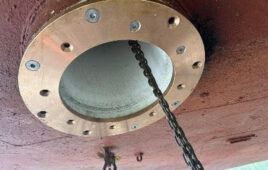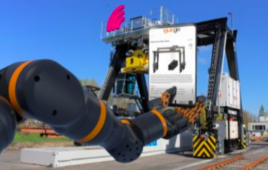The wheels on your automobile are like snazzy corner-offices for bearings. They get all the attention. The rest of your car is the plant where countless other hard working little bearings make everything come together. Unsung heroes like the bearings in windshield wipers, pedals and variable intake manifolds get it done quickly, quietly and repeatedly.
With the diversity of stresses a bearing will encounter in different parts of a vehicle, an engineer has more than a few factors to consider during the selection process. So what are a few things to pay attention to?
Static surface pressure and temperature tolerance are the obvious considerations, especially in relation to max PV value. In a recent Design World webinar, Nicole Lang, national product manager for Igus’ dry-tech line, talked about some of the more important bearing considerations.
“One of the most critical factors would be PV value. It’s basically pressure times speed. There is also friction heat and thermal conductivity that we take into account with this. There are a couple ways that heat is dissipated throughout the application. One is through the bearing into the housing, and the other one is through the shaft outside of the bearing. Typical metal bearings can actually have a better thermal conductivity rating than a plastic bearing does. Usually this isn’t an issue, it’s just something that we take into account; PV value is very important when selecting a bearing material.”
This being about automobile applications, it also makes sense that paint is another consideration. The conductivity and static electricity charge of a bearing material will determine if a bearing can accept paint. Some plastic bearings are made of inherently conductive plastics while others are E-coated. Manufacturers add conductive fibers, metal powders or nanotubes to get the desired conductivity.
Choosing the right bearing system for various automobile components requires delving into many application-specific criteria. At the least, this blog should serve to set you in the right direction but listening to the webinar can go further.
The post The bearings that give your car a smooth ride appeared first on Bearing Tips.
![]()
Filed Under: Bearing Tips




